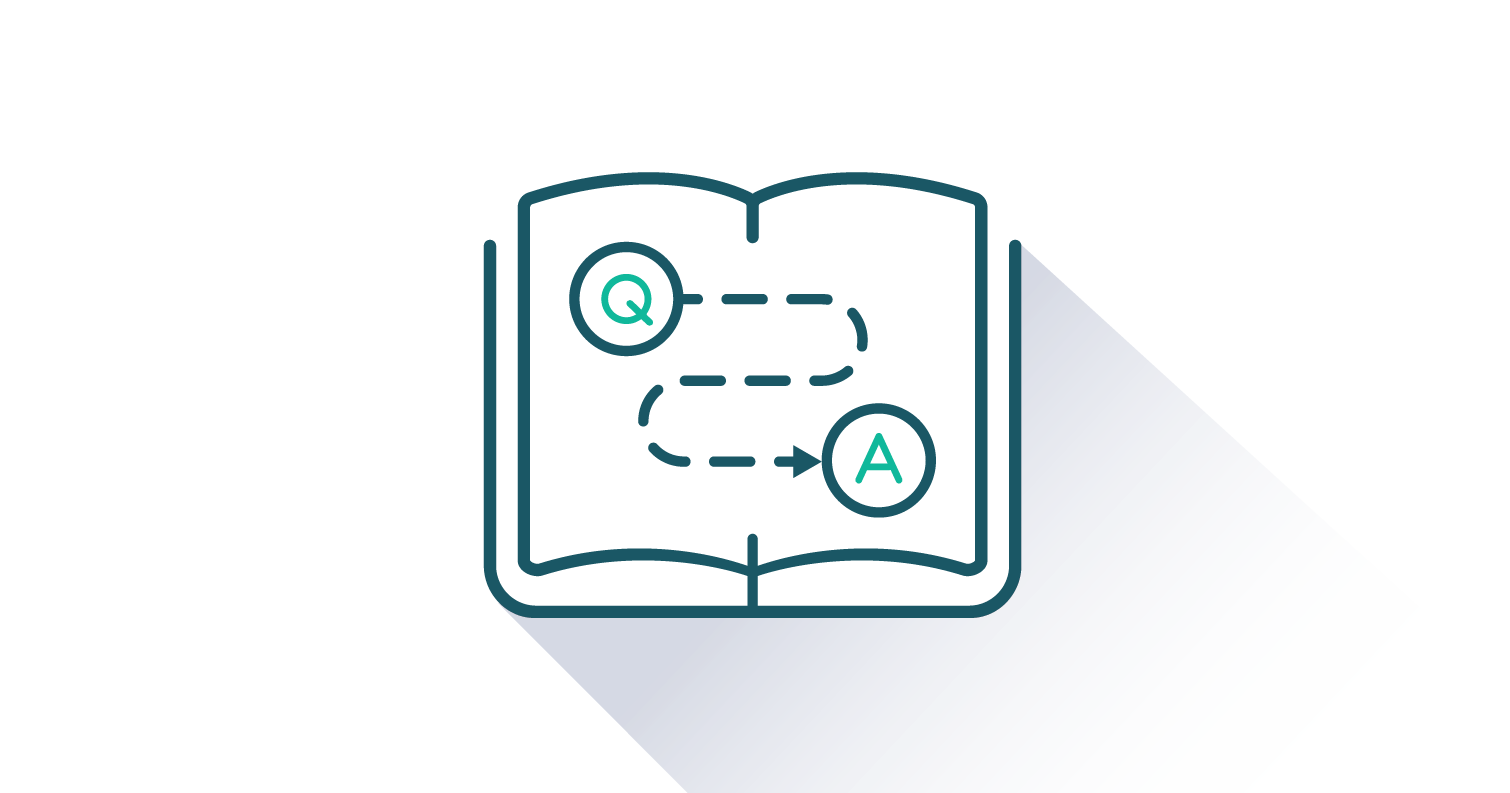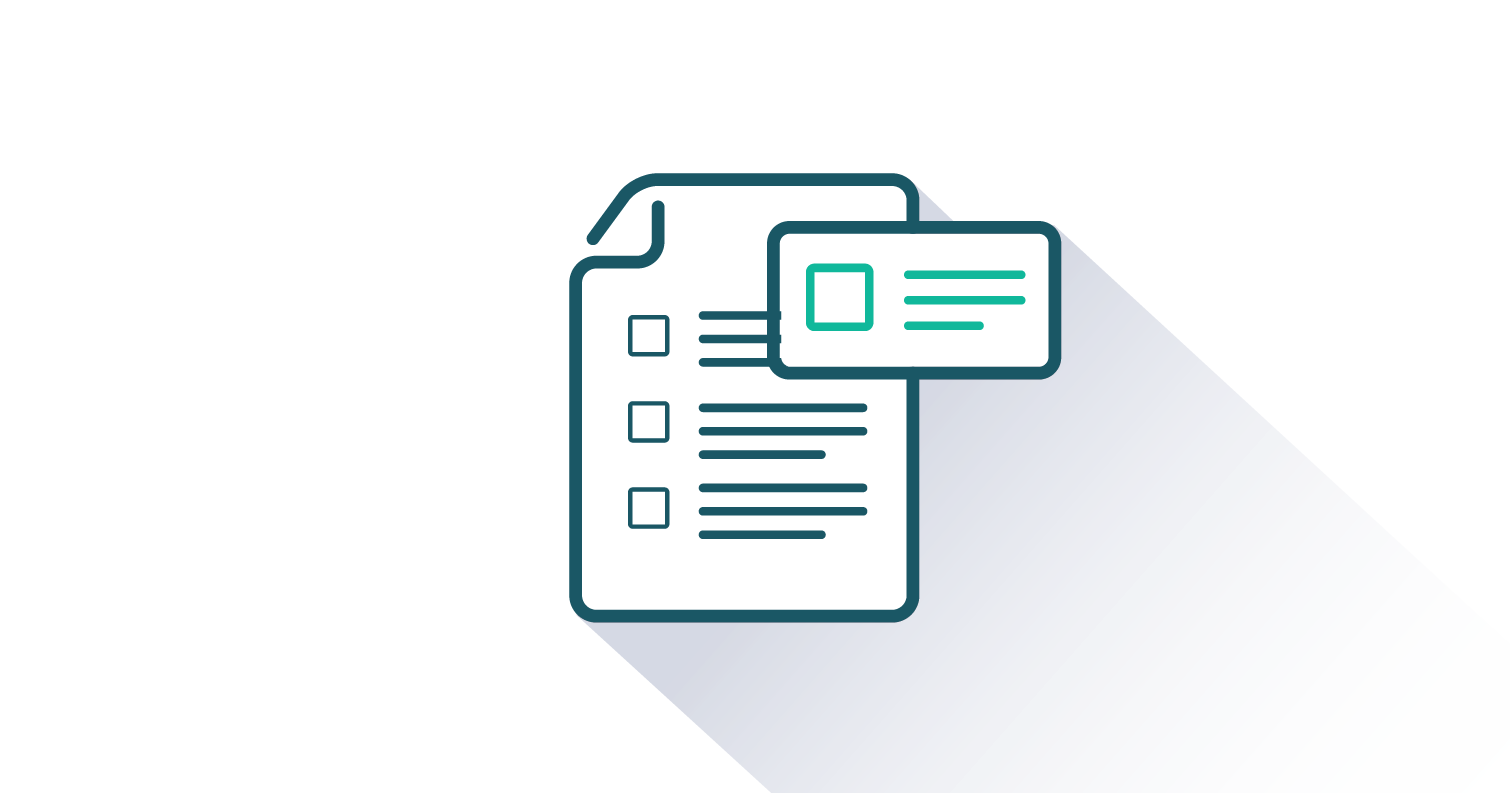- Published
- April 2016
- Page Count
- 672
- ISBN (Digital)
- 978-1-4533-7464-1
Managerial Accounting
Version 2.0
By Kurt Heisinger and Joe Ben Hoyle
Included Supplements
Managerial Accounting
Kurt Heisinger & Joe Ben Hoyle
In writing Managerial Accounting, Kurt Heisinger and Joe Hoyle’s goals were simple:
- Deliver a modern look at managerial accounting while working within the confines of students’ busy lives
- Help students learn the basics of accounting in the most efficient way possible
- Allow instructors to teach the course they want to teach and assign what they want to assign.
- READY:
- REINFORCEMENT:
- RELEVANCE:
- BUSINESS IN ACTION FEATURES:
- CUSTOMIZABILITY:
- End-of-chapter exercises have been updated and moved to a separate segment at the end of each chapter to make assignments more readily available to students.
- Many Business in Action vignettes have been updated in each chapter.
- Financial information for real companies has been updated.
- Figures and footnotes throughout the text have been clarified based on instructor and student feedback.
This textbook is suitable for these courses: Managerial Accounting
This textbook is suitable for 2 and 4 year institutions.
PEDAGOGICAL FEATURES:
Managerial Accounting was written around three major themes: Ready, Reinforcement and Relevance. This book is aimed squarely at new learning styles evident with today’s students and addresses accounting industry changes as well.
This book adopts a concise, jargon-free, and easy-to-understand approach that is ready with concise sections and concepts when the student is ready to study in a format the student wants. Key concepts are provided in short segments with bullet points and step-by-step instructions to simplify concepts. This approach will help your students avoid distractions and focus attention on the big picture.
Managerial Accounting boasts “Review Problems” at the end of each major section or learning objective which offer practical opportunities for students to apply what they have learned. These “Review Problems” allow students to immediately reinforce what they have learned and are provided within the body of the chapter along with the solutions.
Since all students perform better when they can answer the “why” question, meaningful references to companies throughout the chapters help students tie chapter concepts to real organizations. In addition, realistic managerial scenarios present an issue that must be addressed by the management accountant. These will pique your students’ interest and were designed to show how issues can be resolved using the concepts presented in the chapter.
These features link managerial decision-making to real business decisions to help your students complete the learning cycle from concept, to accounting decision, to real-world application.
The Flat World
Knowledge publishing model allows instructors to
adapt the textbook to the exact needs of their specific
class and student body.
See how easy it is to customize a textbook in this 4 minute demo: Flat World Editing Platform Video Demo
What's New in Version 2.0
- About the Authors
- Acknowledgments
- Dedication
- Preface
-
Chapter 1: What Is Managerial Accounting?
-
Chapter 2: How Is Job Costing Used to Track Production Costs?
-
Chapter 3: How Does an Organization Use Activity-Based Costing to Allocate Overhead Costs?
-
Chapter 4: How Is Process Costing Used to Track Production Costs?
-
Chapter 5: How Do Organizations Identify Cost Behavior Patterns?
-
Chapter 6: How Is Cost-Volume-Profit Analysis Used for Decision Making?
-
Chapter 7: How Are Relevant Revenues and Costs Used to Make Decisions?
-
Chapter 8: How Is Capital Budgeting Used to Make Decisions?
-
Chapter 9: How Are Operating Budgets Created?
-
Chapter 10: How Do Managers Evaluate Performance Using Cost Variance Analysis?
-
Chapter 11: How Do Managers Evaluate Performance in Decentralized Organizations?
-
Chapter 12: How Is the Statement of Cash Flows Prepared and Used?
-
Chapter 13: How Do Managers Use Financial and Nonfinancial Performance Measures?

Instructor’s Manual
The Instructor’s Manual guides you through the main concepts of each chapter and important elements such as learning objectives, key terms, and key takeaways. Can include answers to chapter exercises, group activity suggestions, and discussion questions.

PowerPoint Lecture Notes
A PowerPoint presentation highlighting key learning objectives and the main concepts for each chapter are available for you to use in your classroom. You can either cut and paste sections or use the presentation as a whole.

Test Bank Files for Import to Learning Management Systems
For your convenience, we've packaged our test items for easy import into Learning Management Systems like Blackboard, Brightspace/D2L, Canvas, Moodle, or Respondus.

Solutions Manual
For exercises that need a little more explanation, our Solutions Manual will take you step by step through solving the problem and offer explanations on the answer.

Test Item File
Need assistance in supplementing your quizzes and tests? Our test-item files (in Word format) contain many multiple-choice, fill-in-the-blank, and short-answer questions.

Other Supplements
Solutions manuals, sample exams, video learning segments, workbooks, cases and lab manuals are just some of the extras our books will offer depending on the needs of the course. Click here to see what this textbook offers.
At FlatWorld, we take pride in providing a range of high-quality supplements alongside our titles, to help instructors teach effectively. Supplements are available for instructors who have registered their adoption with us. If you need to review or preview something specific, please contact us.
Already registered? Sign in here.
